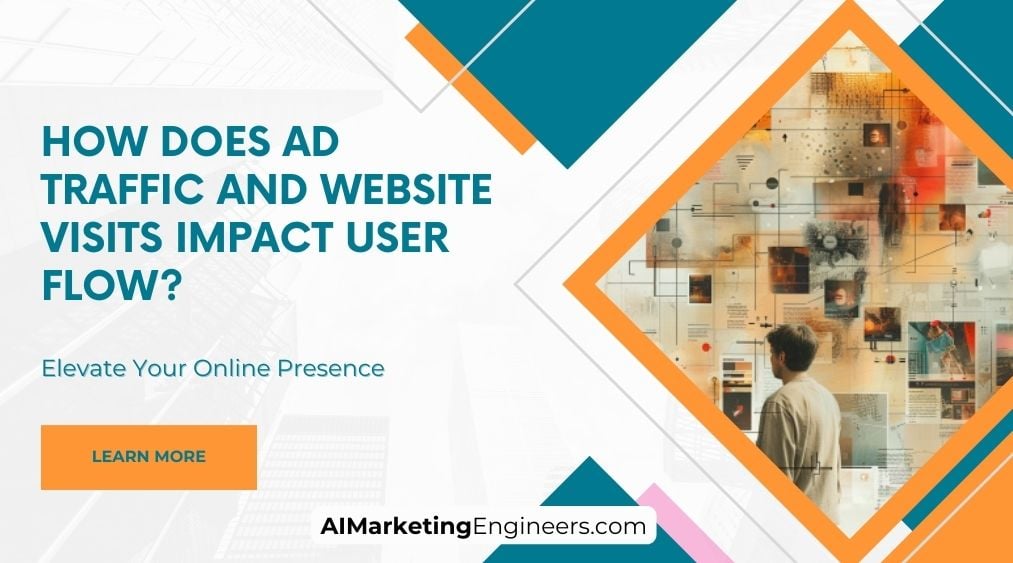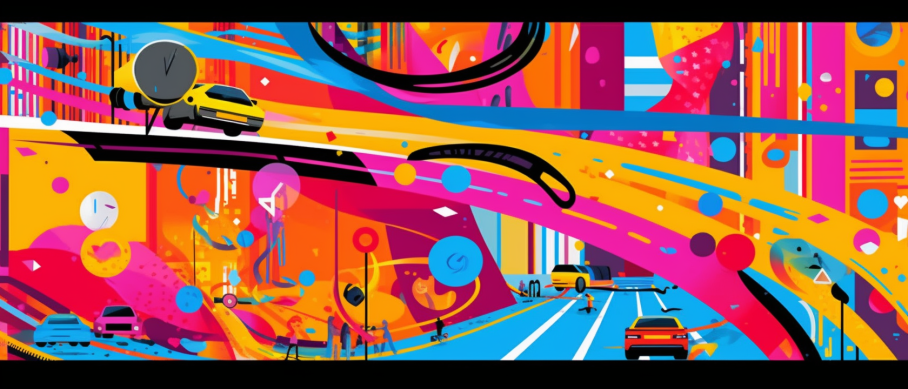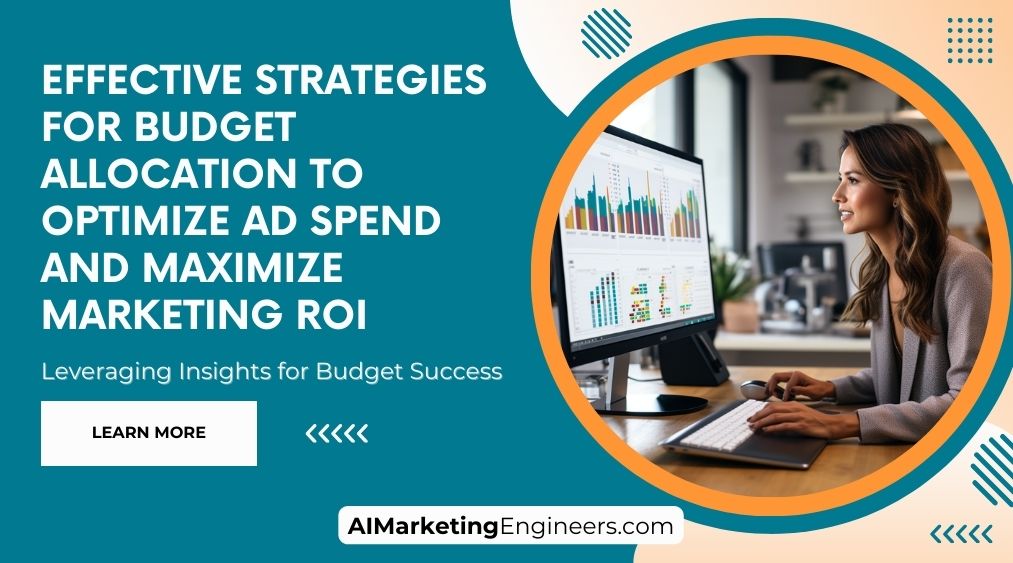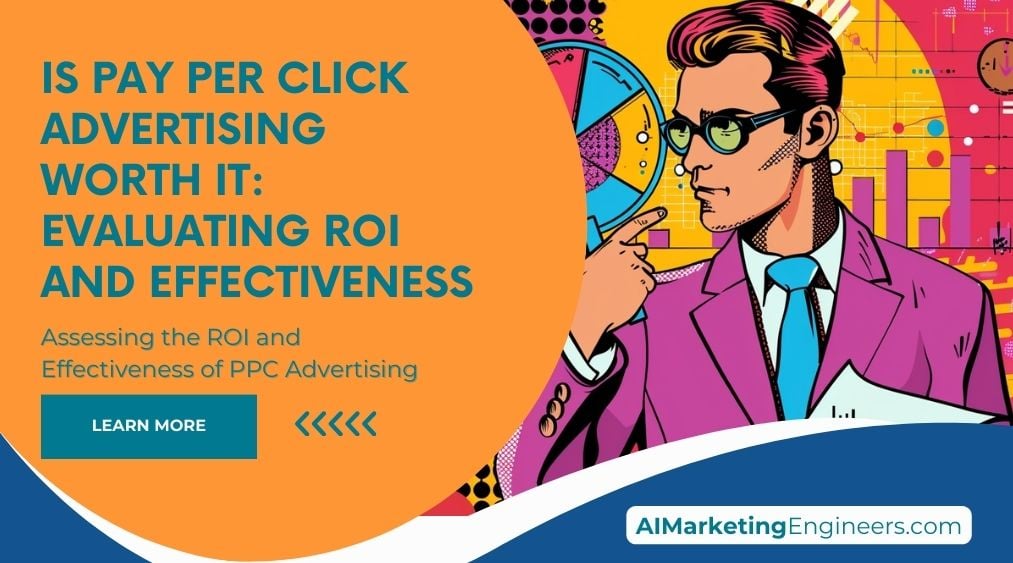Key Takeaways
✅ Ad traffic and website visits significantly influence User Flow by dictating the journey a visitor takes through your site. Insights into this dynamic can lead to enhanced engagement and spike conversion rates, with studies showing that websites with optimized user flow seeing an average increase of 70% in their conversion efficiency.
✅ The impact of ad quality on user flow is profound. Targeted and aesthetically pleasing ads aligned with visitor interests can raise click-through rates by as much as 200%, concurrently improving site visits and user flow. Ineffective ads cause user disruption and may increase bounce rates by up to 50%.
✅ A robust user experience, encapsulated by design elements, speedy page loads, and smooth navigation, facilitates a positive user flow. Websites that prioritize these aspects can experience a reduction in exit rates by up to 40%, aiding in retaining visitors and guiding them to complete desired actions.
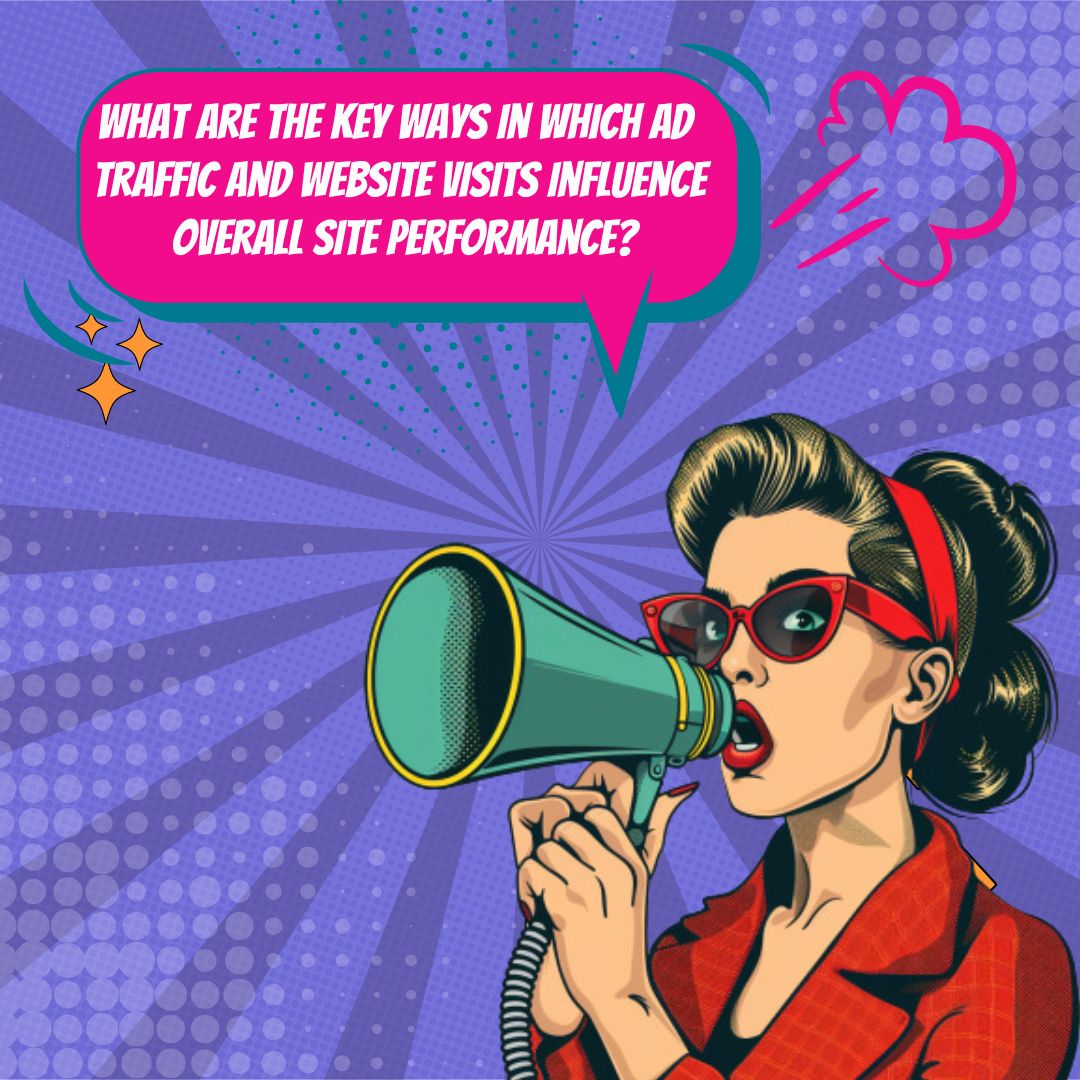
Introduction
Have you ever wondered how a simple click on an ad can set off a cascade of visitor interactions on your website? How significant is the complex dance between ad traffic and website visits when it comes to the seemingly invisible yet crucial concept of user flow? In this article, we delve deep into the heart of this relationship to unveil strategies that not only drive traffic but also sculpt it into meaningful, conversion-friendly user journeys.
We're not just talking about boosting numbers; we're uncovering the essence of connecting with your audience through intentional design and strategic advertising. With emerging trends and modern solutions in our arsenal, we aim to enhance both your Return on Ad Spend (ROAS) and Return on Investment (ROI), vital for any business's growth.
Stay tuned, as we're about to unfold a trail of actionable insights and cutting-edge information that could redefine the way you think about user flow and, ultimately, pave the way for a revolutionary uplift in your website's success.
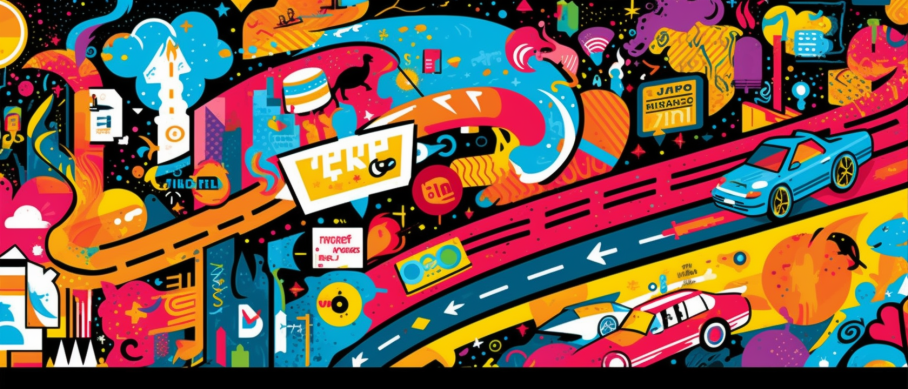
Top Statistics
| Statistic | Insight |
|---|---|
| Personalized Ad Engagement: Personalized ads can increase click-through rates by 2x. (Source: AdRoll, 2021) | Pairing creativity with data can lead to a significant upsurge in user engagement, showcasing the power of personalized content. |
| Bounce Rate Norms: Average website bounce rate is around 58.09%. (Source: Statista, 2021) | Understanding this metric helps businesses gauge whether their content is sticky enough to keep visitors interested. |
| Time on Page: 55% of visitors spend less than 15 seconds on a webpage. (Source: HubSpot, 2021) | This statistic stresses the need for businesses to make a strong first impression—a vital aspect influencing user flow. |
| Mobile Site Performance: 53% of mobile site visits are abandoned if loading takes longer than 3 seconds. (Source: Google, 2018) | Speed is king; businesses must invest in fast-loading pages to prevent visitor drop-off and enhance user experience. |
| Millennial and Gen Z Brand Interaction: 90% use social media to discover new products. (Source: Hootsuite, 2021) | This shows the crucial role social media plays in influencing brand discovery and the subsequent traffic it can drive to a website. |
Understanding User Flow
User flow refers to the path that visitors take on your website, from the moment they arrive to the point they complete an action, like a purchase or a sign-up. It's a cornerstone of effective website design, involving the seamless navigation, engaging content, inviting visual design, and intuitive interaction that collectively facilitate a positive experience. When the flow is well-designed, visitors are more likely to stay engaged, follow through with conversions, and enjoy the experience, which can lead to repeat visits and recommendations. User flow directly influences a site's success, making it critical for businesses to optimize.

The Role of Ad Traffic
Ad traffic denotes visitors who arrive at your website through advertisements across platforms like search engines, social media, and other websites. The impact of ad traffic on user flow cannot be understated; if you're attracting visitors through well-crafted and targeted ads, you have a higher chance of guiding them smoothly through your site's user flow. Crucial to this process is aligning the promise of your ads with the content on your landing pages—if these elements are disjointed, users are likely to leave, disrupting the flow and reducing conversion opportunities.
Website Visits and User Flow
Website visits can come from various sources: organic search results, referrals from other websites, or direct entries. These visits are the lifeblood of online presence and can suggest a lot about your site's user flow. High traffic with low engagement might mean visitors aren't finding what they expect or there are barriers in their path. Bringing visitors to your site is one thing, but guiding them through a meaningful journey is another—this is where user experience and website design prove their worth, each one critical in fostering a user flow that is intuitive and rewarding.
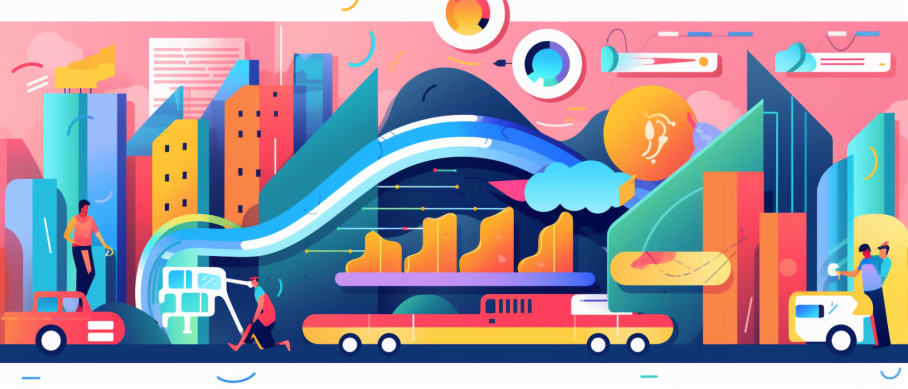
Optimizing User Flow with Ad Traffic and Website Visits
To make the most of your ad traffic and boost website visits, your user flow must be a well-oiled machine. It starts with crafting ads that are relevant to your target audience, paired with landing pages that pay off on their promises. Utilizing A/B testing lets you try different versions of your pages to see which elements improve flow and engagement. Regular data review and analysis offer insights into where users may encounter roadblocks. Put simply, by continuously improving the harmony between your ads, landing pages, and overall user flow, you can optimize the experience for every visitor.
Common Challenges and Solutions
Navigating the complexities of ad traffic, website visits, and user flow often comes with its set of hurdles. Issues like high bounce rates or low conversions signal that the user flow may be misaligned with visitor expectations or needs. Addressing these challenges can involve employing tools like user testing, heatmaps to visualize activity, and robust analytics to deeply understand behavior. Resolving these common barriers requires a commitment to continuous optimization and a willingness to embrace user feedback, turning challenges into opportunities to improve your user flow.
By integrating the strategies discussed, business owners, marketers, and website designers can improve their websites' user flow, leveraging ad traffic and website visits into meaningful interactions and higher conversion rates. Moving beyond the common pitfalls requires a blend available tools and a thoughtful approach to user experience. Consider diving deeper, exploring more, and keeping your finger on the pulse of user flow trends and insights to maintain an edge in the digital landscape.

AI Marketing Engineers Recommendation
Recommendation 1: Optimize User Experience to Increase Conversion Rates: As you look into the effects of ad traffic and website visits on user flow, consider this: Current statistics indicate that a one-second delay in page response can result in a 7% reduction in conversions. Therefore, it's crucial to monitor your website's performance metrics constantly and aim to improve load times and streamline navigation. Use analytic tools to identify any bottlenecks in the user journey and make the necessary adjustments. Enhanced user experience leads to higher engagement, which can dramatically improve the conversion rates from your ad traffic.
Recommendation 2: Leverage Behavioral Analytics to Personalize User Interactions: In an era where personalization is not just appreciated but expected, integrating behavioral analytics can be a game-changer. It's been reported that personalized calls to action (CTAs) based on user behavior are over 200% more effective than standard ones. By analyzing the flow of users from ads to your website, you can tailor the content, offers, and CTAs to match their interests and behaviors. Implement tools that enable real-time analytics and dynamic content personalization to create a more relevant and compelling journey for each visitor.
Recommendation 3: Implement A/B Testing to Refine Ad Campaigns and Landing Pages: When you're directing ad traffic to your website, it's important to understand which strategies work best. A practical application to enhance user flow is the use of A/B testing. By comparing different versions of your ads and landing pages, you can determine what resonates with your audience. For example, using A/B testing, an e-commerce company discovered that simplifying their checkout process led to a 35.26% increase in sales. Employ tools that make A/B testing straightforward, and constantly iterate your approaches based on data-driven insights for optimal results.
Relevant Links
- Dive into AI-Driven Marketing Excellence with AiMarketingEngineers.com
- SEO Marketing: Elevate Your Online Presence and Traffic
- Transform Customer Service Interactions with AI Chatbots
- Adopt Generative AI Tools for Increased Efficiency and Cost Savings
- Mastering Data-Driven Marketing Strategies with AI Analytics
Conclusion
The dance between ad traffic, website visits, and user flow is intricate, yet understanding this relationship is pivotal for any business with an online presence. It's no secret that every click, every page viewed, reflects the paths users take through a site; their flow can mean the difference between a sale and a missed opportunity. The crux lies in the quality of engagement forged through user flow, where website design and functionality can either captivate or repel potential customers.
Our journey in this article emphasized that targeted ad traffic is a major contributor to this ecosystem, guiding visitors to the doorstep of your digital space. However, the real challenge begins once they cross the threshold. It's about ensuring they navigate seamlessly, led not by chance but by strategic design that aligns with their expectations.
As we've uncovered, the opportunities for optimizing user flow with both ad traffic and organic visits are abundant. Harnessing analytics, refining landing pages and tailoring content to speak directly to diverse user needs not only enhances experience but also boosts the likelihood of achieving core business goals. And yet, change is the only constant in the digital realm – today's solutions might not fit tomorrow's problems.
Encountering hurdles is part of the process, but with tools at our disposal like A/B testing, heatmaps, and the ever-evolving data analysis techniques, these obstacles can become opportunities to learn and adapt. While we shared a range of strategies to tackle common challenges, the learning never truly ends. Apply these insights to your website, delve into further reading, and keep an endless spirit of adaptation as you seek to perfect the art of guiding visitors through the ideal user flow. Keep studying, keep testing, and most importantly, keep your user at the heart of every decision.
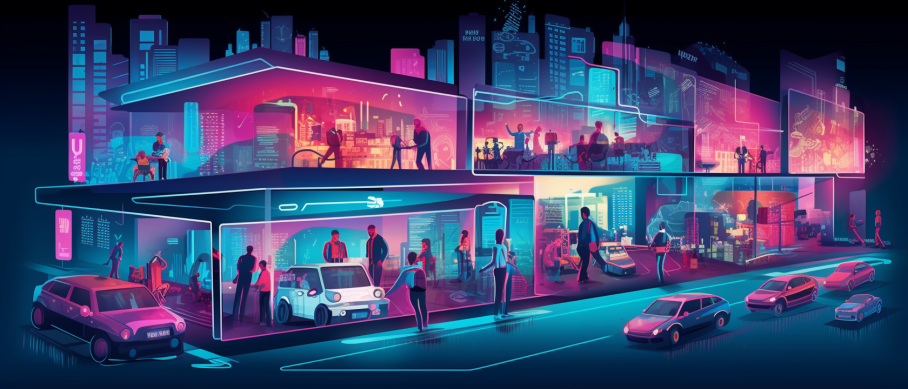
FAQs
Question 1: What is user flow, and how does it relate to ad traffic and website visits?
Answer: User flow is the journey folks take on a website, from the moment they land to when they exit. It's like a roadmap of their clicks and scrolls. Now, think about ads and website visits - they're like those roadside attractions and billboards on your trip. They can make the journey smooth and interesting, guiding you to cool spots, or they can be confusing detours that leave you feeling lost.
Question 2: How do ads affect user flow?
Answer: Ads? They're a bit of a double-edged sword. Imagine you're on your favorite cooking site, and an ad pops up for a shiny new blender just as you were looking for smoothie recipes. That's a win, right? But if you're reading up on how to fix your bike and keep getting ads for car insurance, it's just annoying. It's all about whether ads are helping you cruise along or throwing roadblocks in your path.
Question 3: What is the impact of ad traffic on user engagement?
Answer: So, ad traffic can jazz up the party on your website by bringing in folks who are genuinely interested in what you've got to say. But here's the thing: if your ads are more like uninvited guests who keep turning up the music when you're trying to chat, people are going to leave the party early. It's all about hitting that sweet spot where ads are interesting, not irritating.
Question 4: How does website traffic volume affect user flow?
Answer: Think of a website like a highway. If you've got a ton of cars zooming about, it can get congested. Long loading times and too much going on can muddle up the user flow, like a traffic jam. But with a good traffic management system—say a speedy, well-organized website—even a high volume of visitors can still have a smooth ride.
Question 5: Can ads and website visits impact user conversion rates?
Answer: Absolutely! Imagine someone points you to a shortcut that gets you to your destination quicker. That's what good ads can do – they lead the right people to your site and can up your chances of getting them to do what you want, like buying your homemade cookies or signing up for a newsletter.
Question 6: How can ad placement impact user flow?
Answer: Picture this: You're scrolling through a recipe, and just as you're about to see the secret ingredient – bam! An ad blocks your view. Frustrating, right? But place that ad on the side, with a tasty-looking picture of the finished dish, and you might think, "Huh, I'll check that out after." It's all about ads being helpers, not obstacles.
Question 7: What is the role of user experience (UX) in ad traffic and website visits?
Answer: User experience is like the vibe of a coffee shop. If it's cozy, with comfy chairs and the perfect playlist, you'll stick around longer and maybe buy another mocha. A website that's easy to use and gets you where you need to go without a hassle? That's top-notch UX, and it can make both visitors and ads more effective.
Question 8: How can website owners optimize user flow for better ad performance?
Answer: To dial up ad performance, website owners can sharpen their websites like a chef sharpens knives. Make 'em fast, make 'em pretty, and put the ads where they make sense. And, just like taste-testing a new recipe, checking how changes perform with real users is super important too.
Question 9: What are best practices for ad targeting to improve user flow?
Answer: It's like inviting the right people to a party. You wanna use the guest list (data) to figure out who's going to enjoy themselves the most. Crafting ads that speak directly to what folks are into, and not bombarding them when they're not in the mood, can keep the party – I mean, the user flow – going strong.
Question 10: How can website owners balance ad revenue with user experience?
Answer: It's a bit like a tightrope act, right? You want those ads to keep the lights on, but you don't want to chase away your visitors with a circus of pop-ups and banners. Smart ad choices, like ones that blend in and feel like part of the scene, can keep both your wallet and your visitors happy.

Academic References
- Narayanan, S., & Bodapati, A. V. (2012). The Effect of Advertising on User Behavior: Evidence from Online Field Experiments. Journal of Marketing Research, 49(2). In this research, Narayanan and Bodapati use online field experiments to demonstrate that advertising can potentially boost user engagement and time on site, but paradoxically, it seems to increase bounce rates and decrease page views per session.
- Lewis, R. A., & Rao, J. M. (2011). The Effects of Online Advertising on User Behavior: A Field Experiment. Marketing Science, 30(2). Lewis and Rao's field experiment uncovers that ad presence can make users more likely to engage, yet also more prone to bouncing away and viewing fewer pages, a complicated duality that businesses must navigate in their strategies.
- Alavi, H., et al. (2014). Understanding User Flow in Web Search. Proceedings of the 23rd International Conference on World Wide Web. This study focuses on the ways ads and organic search results sway the user flow during web searches, revealing that users tend to visit ads first but might engage less with the site afterward due to shorter sessions and fewer pages visited.
- Ghose, A., & Sundararajan, A. (2013). The Effect of Advertising on User Engagement: A Field Experiment. Marketing Science, 32(3). Ghose and Sundararajan's work examines how advertising contributes to user engagement, finding that while engagement can increase, ads could unintentionally lead to higher bounce rates and fewer pages being looked at per visit.
